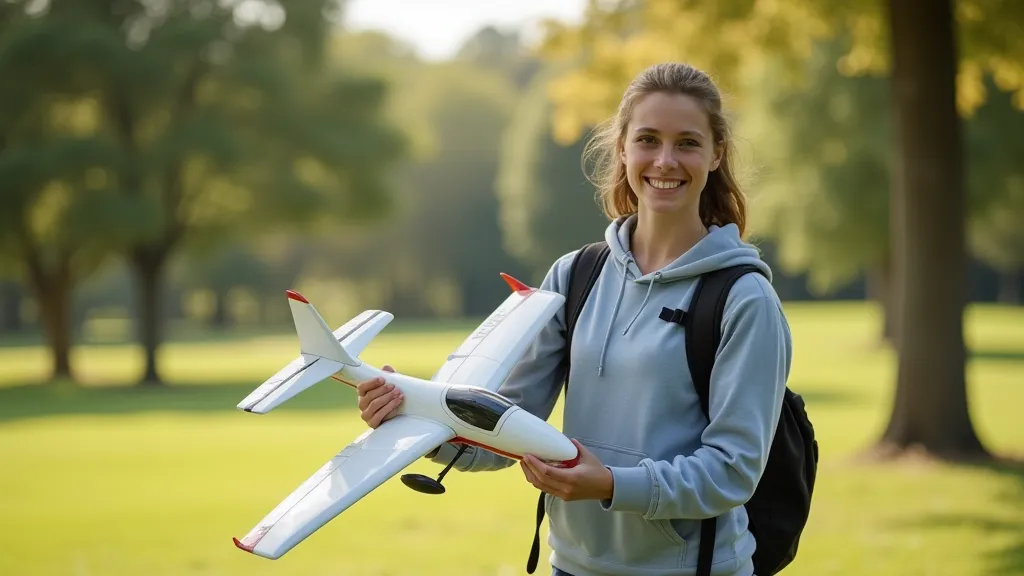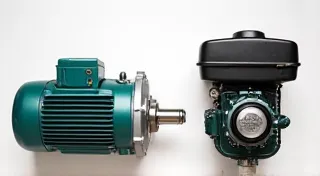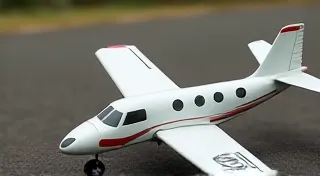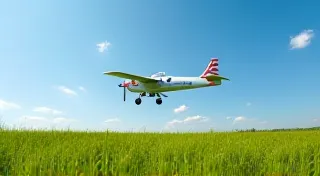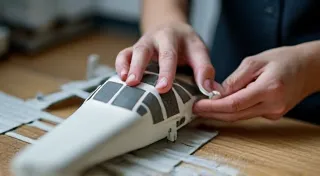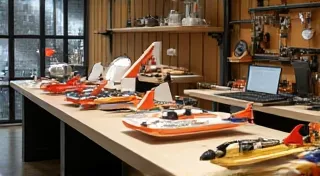Choosing the Right RC Airplane Kit for Beginners
So, you're ready to build your first radio-controlled airplane! That's fantastic! The world of RC aviation is rewarding, but it can be a little overwhelming at first, especially when faced with the sheer number of available kits. This guide will help you navigate the selection process and choose a kit perfect for a beginner.
Understanding the Basics
Before you dive into specifics, let's understand a few key terms. An RC airplane (Radio Controlled Airplane) or model airplane is controlled remotely using a radio transmitter. DIY airplane building is a popular hobby and building a kit is a great place to start.
Wingspan and Wing Loading: A Crucial Balance
Two of the most important factors to consider are wingspan and wing loading. Wingspan refers to the width of the airplane’s wings. A larger wingspan generally means better stability and slower flight speeds - ideal for beginners. Smaller wingspans offer more maneuverability but are trickier to control.
Wing loading is the weight of the airplane divided by the wing area. Lower wing loading results in slower landings and takeoffs, more forgiving flight characteristics, and better handling in calm conditions. A beginner should definitely aim for a lower wing loading.
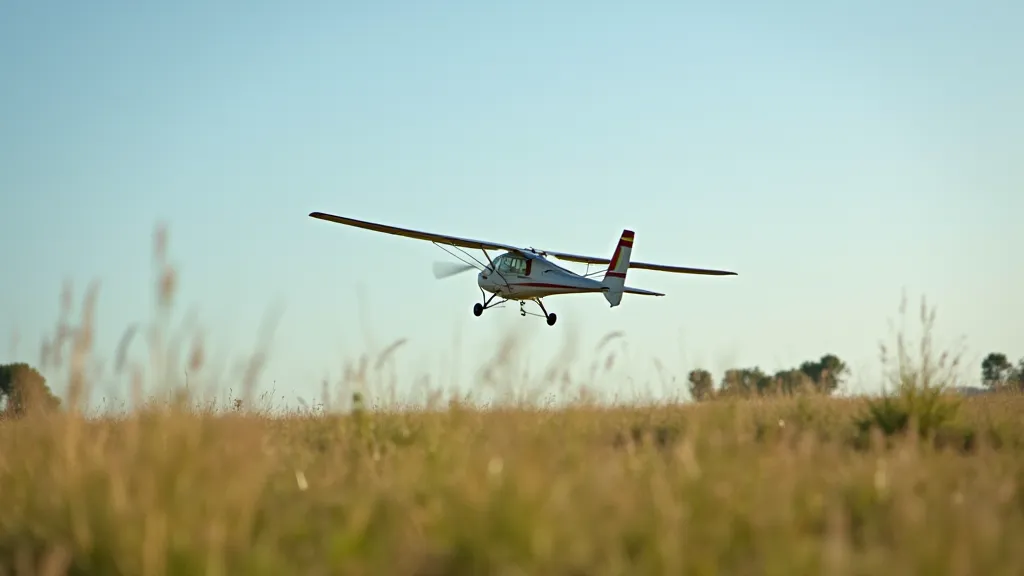
Engine Type: Electric vs. Gas
RC airplanes are powered by either electric motors or gas engines. Both have their advantages and disadvantages:
- Electric: Electric airplanes are generally quieter, easier to maintain, and cleaner. They are the preferred choice for beginners due to their simplicity. Battery-powered, they require charging, but offer a more controlled and predictable power delivery.
- Gas: Gas-powered airplanes offer longer flight times and generally more power, but they are noisier, require more maintenance (fuel mixing, engine tuning), and present a steeper learning curve.
For your first build, electric is strongly recommended.
Kit Size and Complexity
RC airplane kits come in various sizes and levels of complexity. Look for kits specifically marketed as "beginner" or "trainer" models. These often feature:
- Simple construction techniques
- Pre-cut parts (minimizes cutting and fitting time)
- Clear, detailed instructions
- Forgiving designs
Avoid kits that require extensive modifications or complex building steps – you'll likely get frustrated. Look for kits with a wingspan between 30 and 48 inches – a good compromise between stability and portability.
Materials: Balsa Wood vs. Foam
Most beginner kits are constructed from either balsa wood or foam.
- Balsa Wood: This is a traditional material, relatively lightweight and easy to shape. Requires a bit more care during building and handling, as it's more fragile.
- Foam: Foam kits are more durable and resistant to damage, making them ideal for beginners who might experience some crashes. They are also typically easier to build.
Foam kits are generally more forgiving for first-time builders.
Budget Considerations
RC airplane kits range in price. A good beginner kit will likely cost between $50 and $150. Remember to factor in the cost of additional equipment such as a radio transmitter, receiver, battery (for electric planes), and glue.
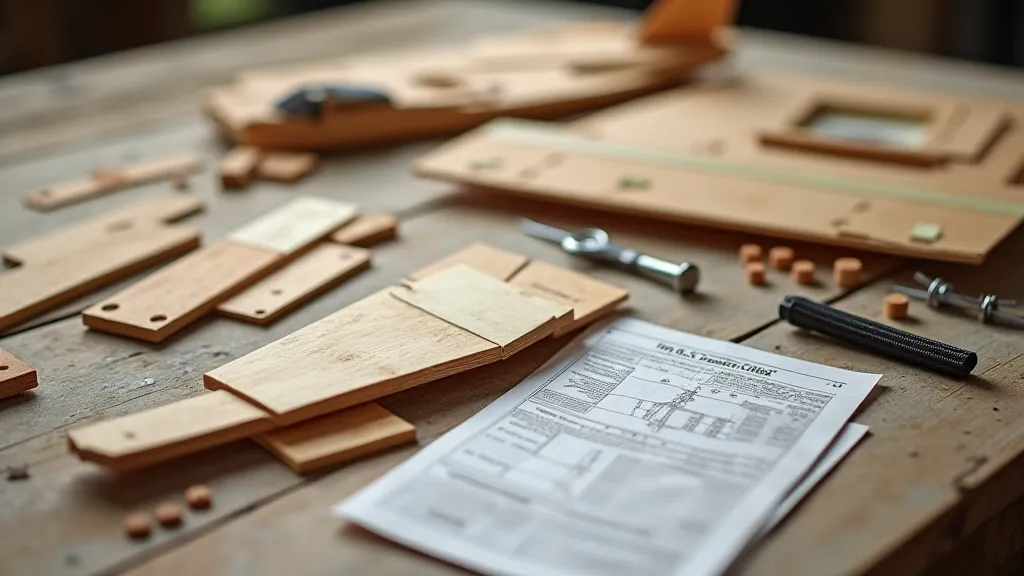
Final Thoughts
Choosing the right RC airplane kit is a crucial first step in your RC aviation journey. Do your research, read reviews, and don't be afraid to ask questions. With a little preparation, you’ll be soaring through the skies in no time!
